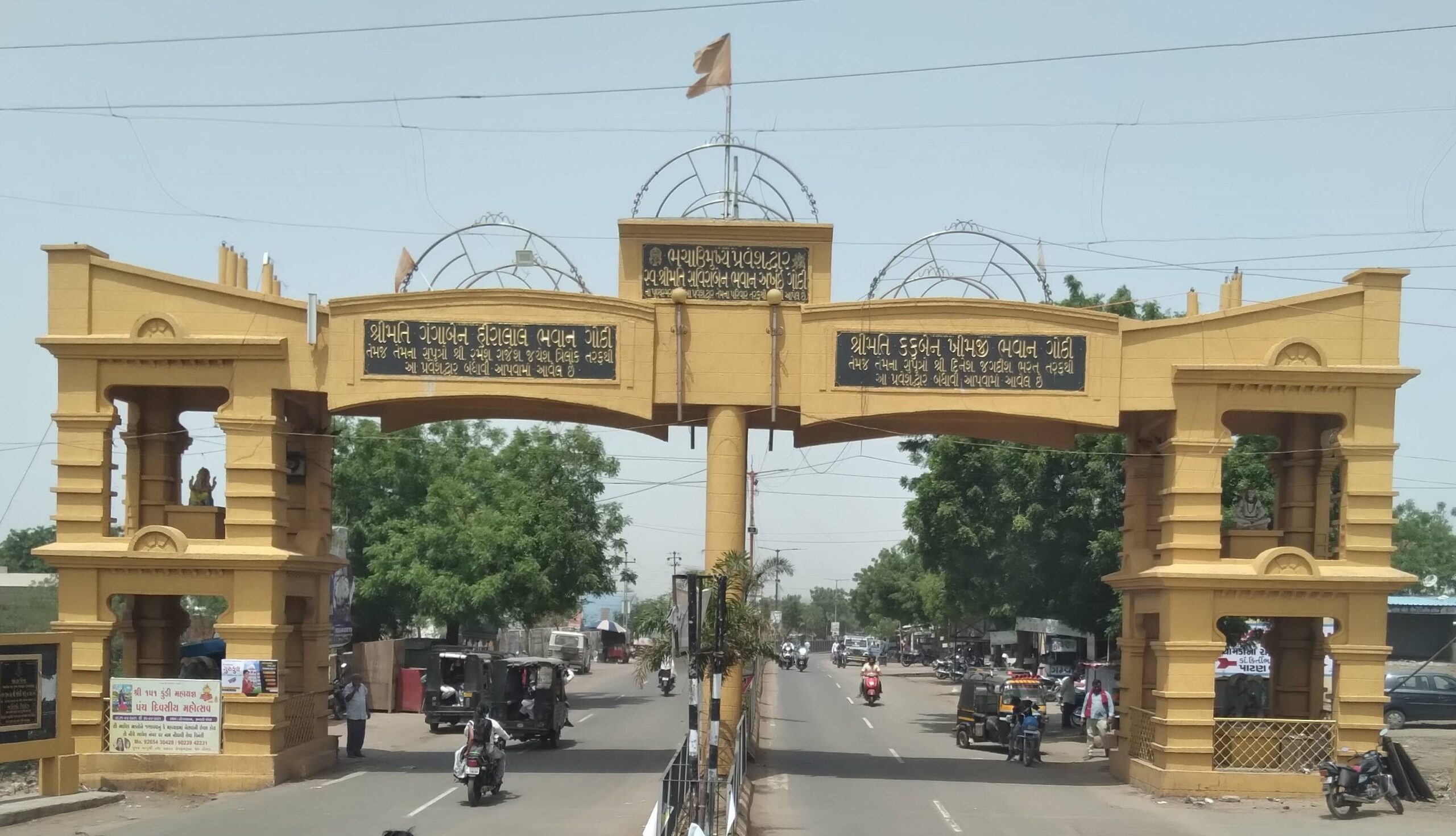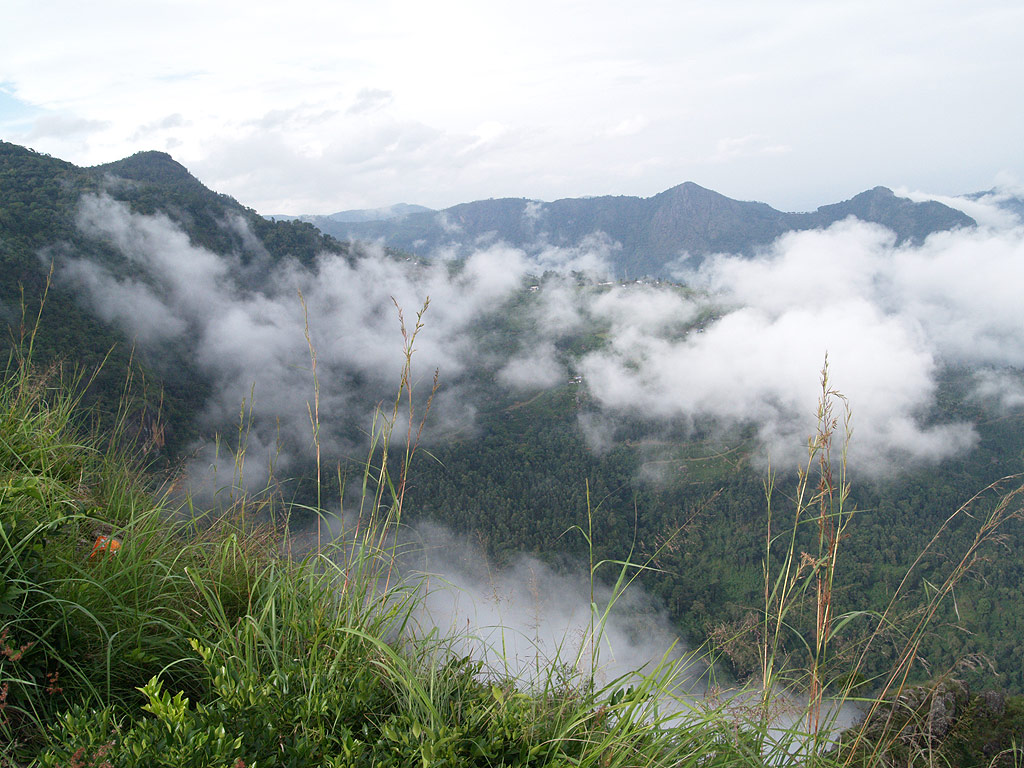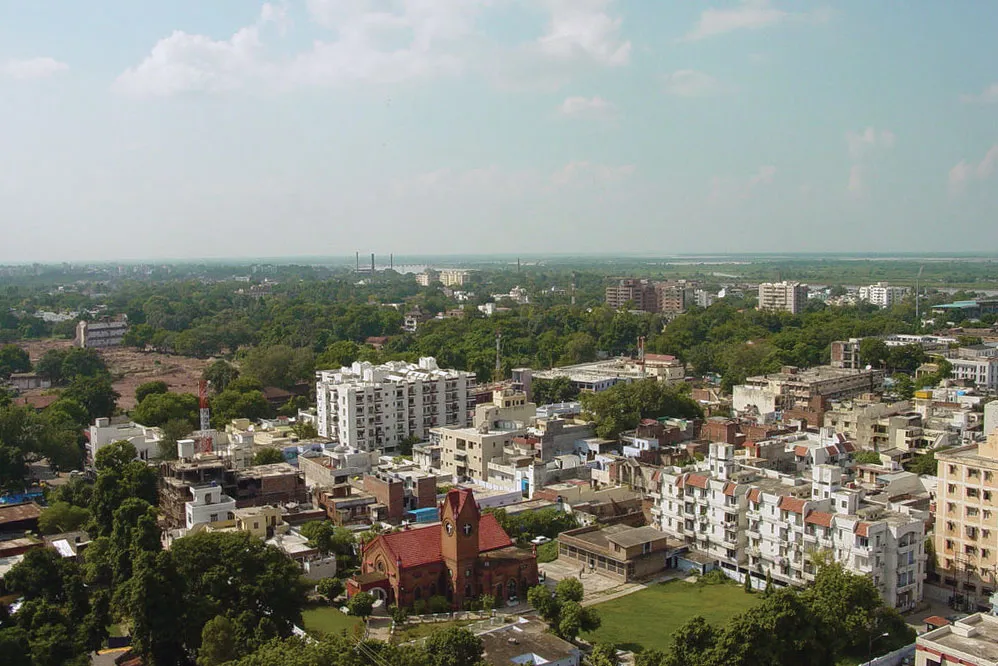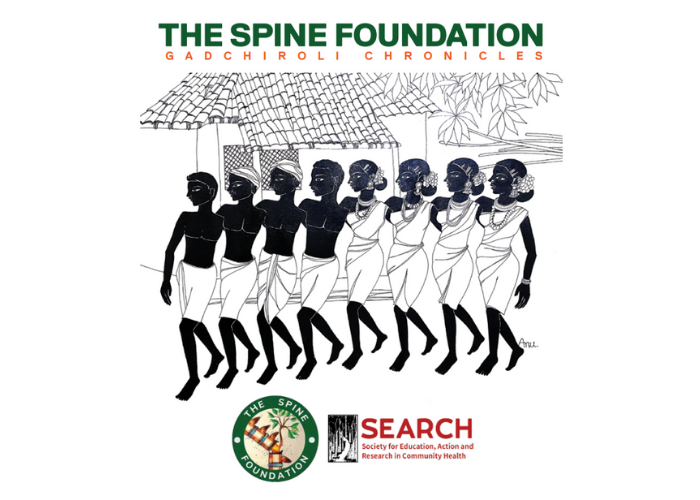Can Back Pain Lead to Permanent Disability? Here’s What Science Says

The Silent Cry of Back Pain in Rural India
If you visit a farming village in Maharashtra or Madhya Pradesh at sunrise, you will see a familiar scene — women bending over fields, men lifting sacks of grains, children helping their families with daily chores. Each movement is heavy, repetitive, and often painful. But in these villages, pain is rarely spoken about. Back pain, especially, is seen as a natural part of life.
For a farmer who tills the land or a woman who walks miles to fetch water, complaining about back pain feels like a luxury they cannot afford. Many simply believe that “dard toh zindagi ka hissa hai” (pain is just part of life). Yet, what starts as a dull ache in the lower back can slowly grow into something far more dangerous — even leading to permanent disability if left untreated.
This is not just a medical issue. It is a livelihood issue. When back pain robs a farmer of the ability to plough, or a mother of the strength to carry her child, it shakes the very foundation of families. That is why understanding the connection between back pain and disability is not only important for doctors and researchers — it is urgent for every household, especially in rural India.
In this blog, we will explore the emotional and scientific sides of this question: Can back pain lead to permanent disability? What does medical research say? And why should we take this problem more seriously than ever before?
Why Back Pain Is Often Ignored in Rural India
In urban India, back pain usually leads to Google searches, doctor visits, or at least painkillers. But in rural India, the story is very different. Here, back pain is often ignored or normalized. Why?
- Cultural Attitudes: Many villagers believe pain is part of hard work. Farmers and daily-wage workers often say, “If we don’t work despite pain, who will feed the family?” This mindset leads to silent suffering.
- Lack of Access: Most villages don’t have spine specialists. A person with back pain usually visits a local practitioner or tries home remedies like oils, massages, or rest. While some relief may come, the root cause remains untreated.
- Economic Pressures: For daily-wage earners, missing a day of work means missing a day’s meal. They cannot afford to rest, let alone travel to a city hospital for scans or treatment.
- Women’s Burden: Rural women face the heaviest load. Carrying firewood, fetching water, cooking in uncomfortable postures — all of these strain their spines. Yet, women rarely speak of their pain. For them, family comes first, even if their own health silently declines.
This culture of ignoring back pain is dangerous. What begins as an ache can worsen into chronic conditions that permanently damage the spine.
Rural vs. Urban Burden of Back Pain
Back pain affects both rural and urban populations, but the reasons differ — and the consequences are harsher in villages.
In Rural India:
- Farmers bend for hours during sowing and harvesting.
- Women carry 10–15 kg loads of firewood or water on their heads daily.
- Laborers in construction sites lift bricks and cement without safety gear.
- Healthcare access is minimal — often hours away by bus or train.
For them, back pain is not just about discomfort — it threatens survival. A farmer who cannot bend cannot farm. A daily-wage worker who cannot lift loses his job. In villages where every family member’s contribution matters, disability due to back pain can push entire households into poverty.
In Urban India:
- Desk jobs force people to sit for 8–10 hours daily, leading to posture-related back issues.
- Lack of exercise, obesity, and stress worsen spinal health.
- Medical help is more accessible, but many still ignore early signs until pain becomes severe.
In both settings, ignoring pain comes at a cost. But in rural India, that cost is often devastating.
Signs That Back Pain Could Lead to Permanent Disability
Most people think back pain is harmless if it comes and goes. But there are warning signs that should never be ignored:
- Persistent pain lasting more than 3 months.
- Pain spreading to legs, arms, or buttocks.
- Numbness or tingling in limbs.
- Weakness in legs or difficulty walking.
- Loss of bladder or bowel control (a medical emergency).
- Inability to perform daily tasks like bending, lifting, or even sitting.
When these symptoms appear, it is not “just back pain” anymore. It could be a sign of spinal cord compression or nerve damage — both of which can lead to disability if untreated.
The Human Cost: Stories from Rural India
In many villages across Maharashtra, Gujarat, and Madhya Pradesh, women still walk miles with heavy water pots on their heads. Men carry farm produce in baskets slung across their backs. Over the years, these repeated loads silently damage the spine.
Imagine a woman who has carried firewood every day for 20 years. One day, her back pain becomes so severe she cannot stand upright. She tries home remedies but nothing works. Soon, she cannot walk to the well, cannot cook for her children, cannot work in the field. For her family, this is not just her personal suffering — it is a loss of livelihood, food, and stability.
The emotional impact is just as heavy. In villages, where there is little awareness about spinal health, many such patients are labeled as “weak” or even “lazy.” Instead of empathy, they face stigma.
This is why organizations like The Spine Foundation have been working tirelessly to bring awareness and care to rural India. Through health camps and community education, they are trying to break the cycle of silence and suffering, showing villagers that back pain is not just “normal” and should not be ignored.
What Science Says: Disability Risk from Back Pain
Studies from across the world confirm the seriousness of chronic back pain.
- According to the Global Burden of Disease Study, low back pain is the leading cause of years lived with disability (YLDs) worldwide.
- In India, back pain is among the top five causes of lost work days and reduced quality of life.
- A 2020 study in The Lancet Rheumatology found that chronic back pain not only limits mobility but also increases the risk of depression, unemployment, and long-term disability.
For rural populations, these risks are amplified by lack of treatment and physically demanding lifestyles.
Barriers to Treatment in Rural India
If back pain is so serious, why don’t more villagers seek treatment? The barriers are many:
- Geographical: Specialized hospitals are usually in cities. Villagers must travel long distances, losing work days and spending money they can’t afford.
- Financial: Diagnostic tests like MRI scans cost thousands of rupees — out of reach for many rural families.
- Awareness: Many do not know that back pain can lead to disability. They assume it will pass with time.
- Gender Barriers: Women’s pain is often dismissed, even by family members, leading to late or no treatment.
These barriers make rural populations especially vulnerable to permanent disability from back pain.
How Disability Changes Daily Life
Back pain that turns into disability does not just affect the patient. It ripples through families and communities.
- Economic Loss: A farmer unable to work means no harvest, no income, and hunger for the family.
- Dependency: Patients may need help even for basic activities like bathing or sitting. In rural households, this burden usually falls on women and children.
- Mental Health Impact: Being unable to contribute to the family leads to feelings of guilt, depression, and social isolation.
- Generational Impact: If parents cannot work, children may drop out of school to support the family — continuing the cycle of poverty.
This is why back pain is not just a “medical” issue but a social and economic issue in India.
What Can Be Done: Prevention & Awareness
The good news is that disability from back pain is often preventable. But prevention requires a combination of awareness, access, and action.
- Early Diagnosis: Villagers must be encouraged to seek help when pain persists, instead of waiting until it becomes unbearable.
- Education: Simple awareness sessions in villages can teach people about posture, lifting techniques, and the importance of stretching.
- Community Health Workers: ASHA workers and NGOs can spread awareness during health camps.
- Policy Support: Government schemes must integrate spinal health into rural healthcare initiatives.
- Role of The Spine Foundation: By conducting free health camps, providing rural outreach, and training local doctors, the Foundation is ensuring that back pain does not silently destroy lives in rural India. Their work highlights how community-based efforts can bring hope where healthcare access is minimal.

Back Pain Is Not Just Pain
Back pain is not a small issue. It is not something to be endured in silence. Science clearly shows that untreated back pain can lead to permanent disability, taking away independence, livelihood, and dignity.
For rural India, where every hand counts in keeping families afloat, back pain is more than a health problem — it is a barrier to survival. Yet, with awareness, timely treatment, and community support, much of this suffering can be prevented.
No farmer, no mother, no worker should have to lose their life’s purpose to back pain. The spine is the backbone of our bodies, our work, and our lives. Protecting it should not be a privilege of the cities — it must be a right for every Indian, in every village.
Conclusion
Safe lifting and carrying aren’t just about preventing pain today — they are an investment in long-term health and productivity. Whether in rural fields or urban warehouses, adopting correct techniques, using ergonomic tools, and listening to your body’s limits can mean the difference between a sustainable career and a life-long injury. By combining individual responsibility with community and organisational support, India can protect the backbone of its workforce — literally.







 Purulia (West Bengal): 27 Nov - 30 Nov 2025
Purulia (West Bengal): 27 Nov - 30 Nov 2025
 Bhachau (Gujarat): 04 Dec - 07 Dec 2025
Bhachau (Gujarat): 04 Dec - 07 Dec 2025
 Gadalur (Tamil Nadu) Feasibility Visit : 10 Dec - 11 Dec 2025
Gadalur (Tamil Nadu) Feasibility Visit : 10 Dec - 11 Dec 2025
 Kanpur (Uttar Pradesh) Feasibility Visit : 12 Dec - 14 Dec 2025
Kanpur (Uttar Pradesh) Feasibility Visit : 12 Dec - 14 Dec 2025
 Jalgaon (Maharashtra) : 11 Dec - 14 Dec 2025
Jalgaon (Maharashtra) : 11 Dec - 14 Dec 2025
 Silchar (Assam) : 18 Dec - 21 Dec 2025
Silchar (Assam) : 18 Dec - 21 Dec 2025
 Kankavli (Maharashtra) : 19 Dec - 21 Dec 2025
Kankavli (Maharashtra) : 19 Dec - 21 Dec 2025
